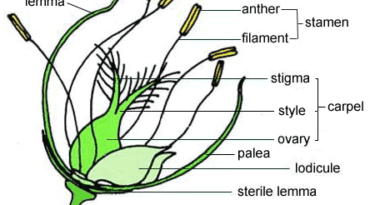How to Plant Maize – Complete Guide
Maize is a warm-season annual that is best planted after the soil temperature reaches 60°F, usually two or three weeks after the last frost in spring. Corn planted in cold, wet soil is unlikely to germinate.
• Corn grows best in air temperatures from 60° to 95°F.
• Corn can take from 60 to 100 days to reach harvest depending upon variety and the amount of heat during the growing season.
Maize is a tender annual and a member of the grass family that can grow from 4 to 12 feet tall. One to two ears of corn form on the side of each tall, green, grass-like stalk.
Flowering tassels form at the top of each stalk; pollen falls from the tassels onto silky threads growing from each ear below. Each silk is connected to an unfertilized kernel.
Each ear of corn forms as many kernels as the number of silks that were pollinated. (Tassels are the male flowers of the corn plant. Kernels and ears are the female flowers.) Kernels of sweet corn can be yellow, white, black, red, or a combination of colors.
Read More: How to Cultivate Hybrid Maize in Nigeria
A large corn variety may form one or two harvestable ears on each stalk. A dwarf variety may form two or three harvestable ears per stalk. When pollination does not occur the stalk will produce only a cob.
Soil requirement: Well drained loam and silt loams with fine tithe.
Method of Maize propagation: Seed.
Date of planting: Mid-march-early April (early maize), late august –mid September (late maize).
Spacing: 80cm between rows and 50cm between holes.
Number of propagation per hole: 3 to be later thinned to 2 from two to three weeks after planting.
Planting depth: 4-5cm
Maturity period: 13-16 weeks.
Method of harvesting: Cob torn from parent while green or dry.
Maize Storage
- Maize hung up with part of shuck and dried by smoking.
- Cob removed from chuck, shelled and stored in insect free container at moisture content of 10-15%
Marketing: Sold locally
Uses:
1) Grains eaten roasted or boiled
2) Starch extracted and taken as “ogi”
Read Also: The History and Spread of Cultivated Crops









